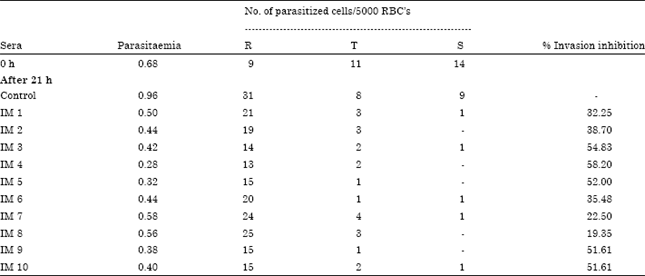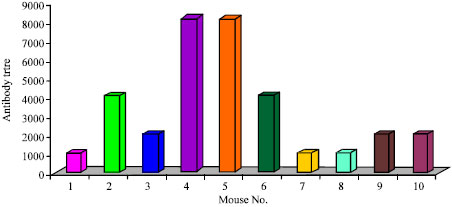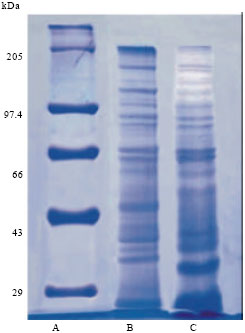Research Article
Antibodies Against Plasmodium berghei Fraction Inhibit Parasite Propagation in vitro
Laboratory of Parasitology and Immunology, Department of Biosciences, Himachal Pradesh University, 171005, Shimla, India
H.S. Banyal
Laboratory of Parasitology and Immunology, Department of Biosciences, Himachal Pradesh University, 171005, Shimla, India












